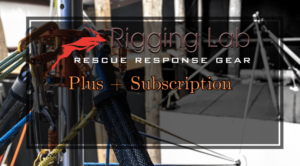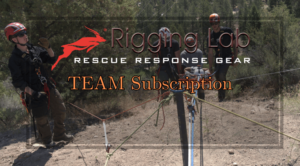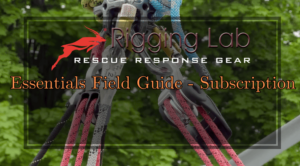What is a REMS Team?
A REMS (Rapid Emergency Medical Support) team is a specialized group within emergency services, particularly focused on providing immediate medical support during high-risk operations, such as wildland firefighting or other rescue scenarios. The main focus of a REMS team includes:
- Rapid Response: Ensuring that medical support is available quickly to those in need during emergencies, particularly in remote or hazardous environments.
- Integration with Fire and Rescue Operations: Working closely with fire departments and other emergency response teams to provide coordinated medical care while operations are ongoing.
- Training in Medical and Rescue Techniques: Team members are trained in both advanced medical care and rescue techniques to effectively manage injuries that may occur during operations.
- Focus on Safety: A significant emphasis is placed on the safety of responders and victims, ensuring proper protocols are followed to minimize risks during rescue operations.
Main Focus of REMS Teams
- Patient Care: Providing advanced medical care and ensuring the health and safety of individuals involved in rescue scenarios.
- Operational Support: Assisting in the safe extraction of victims from hazardous situations while managing medical needs on-site.
- Collaboration: Coordinating with other teams (fire, technical rescue, etc.) for comprehensive incident management.
For more detailed insights, you might find the following resources helpful:
- Leadership in Rescue
- Technical Rope Rescue: Comprehensive Training for Teams
- Essential Rope Rescue Skills On-Demand
Specific Gear Needed for a REMS Team
A REMS team requires specialized gear to effectively provide medical support in various environments, particularly in wildland or remote settings. Key gear includes:
- Medical Equipment:
- First Aid Kits: Comprehensive kits tailored for trauma and emergency situations.
- Defibrillators (AEDs): Automated external defibrillators for cardiac emergencies.
- Portable Oxygen: For patients with respiratory distress.
- Splinting and Immobilization Devices: For stabilizing injuries.
- Rescue Equipment:
- Ropes and Harnesses: To safely access and extract patients from difficult terrain.
- Pulleys and Descenders: Such as the Petzl ID S for controlled descents and ascents.
- Stretcher or Litters: For transporting patients safely.
- Personal Protective Equipment (PPE):
- Helmets: To protect against head injuries during operations.
- Gloves and Eye Protection: For safety during medical treatment.
- Wildland Fire Gear: If operating in fire-prone areas, appropriate firefighting gear is necessary.
Team Composition
The size and composition of a REMS team can vary based on the specific mission, but generally includes:
- Team Leader: Responsible for overall operations and coordination.
- Medical Personnel: Emergency medical technicians (EMTs) or paramedics trained in advanced life support.
- Rescue Specialists: Trained in technical rescue techniques and equipment.
Typically, a REMS team may consist of 4 to 8 members, depending on the complexity of the operation.
Terrain and Mode of Travel
- Terrain: REMS teams often operate in rugged, remote, or wildland environments. This can include:
- Forests
- Mountains
- Desert areas
- Areas affected by wildfires
- Mode of Travel:
- On Foot: Teams often need to hike into remote areas, especially when access is limited.
- All-Terrain Vehicles: For transporting equipment and personnel closer to the incident site when possible.
- Helicopters: May be used for rapid deployment or extraction in particularly challenging terrains.
Additional Resources
For further insights on the setup and operational requirements of a REMS team, you might find these resources helpful:
If you have more specific questions or need additional information about gear or operations, feel free to ask!
Peace on your Days
Lance










